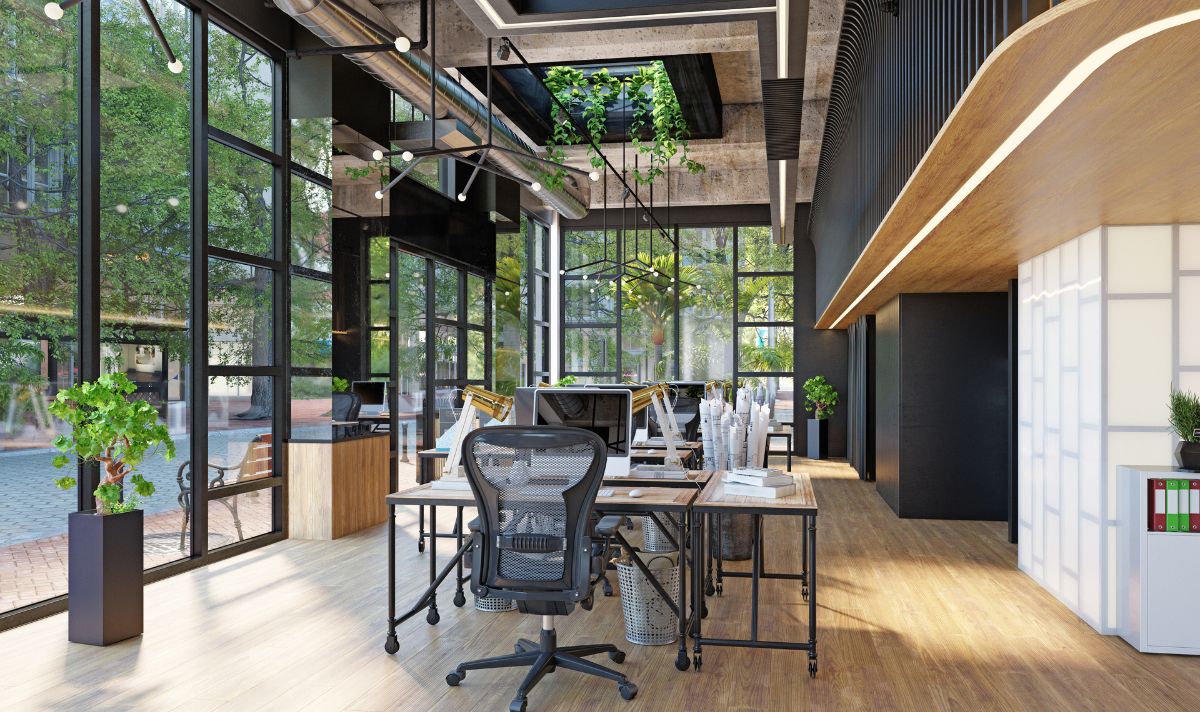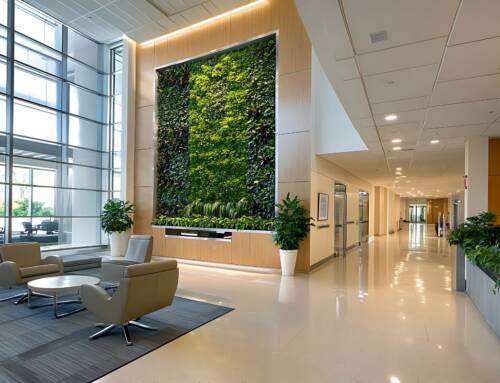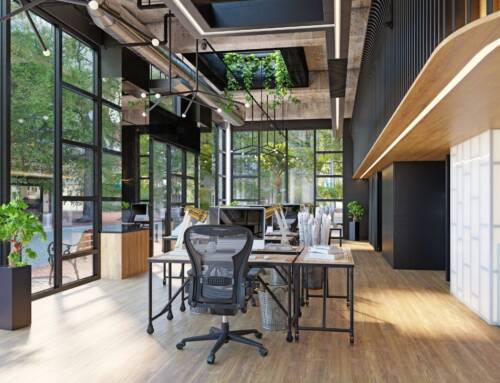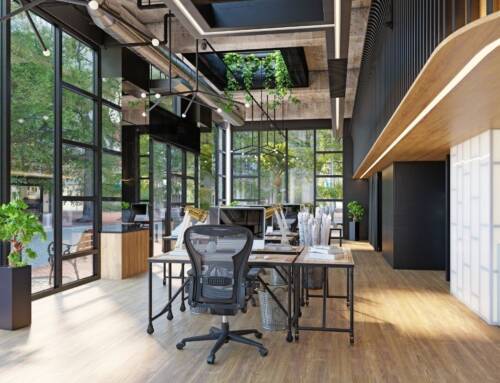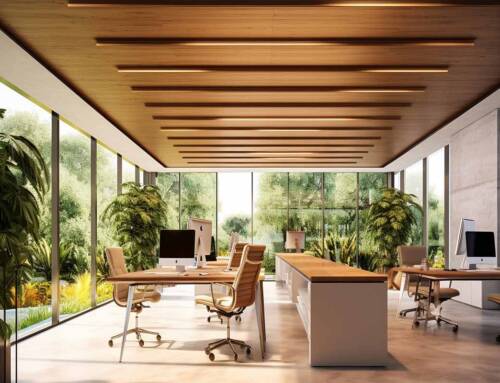As people realise the importance of nature in our built environment, biophilic design has grown in popularity. “Biophilic” derives from “bios,” meaning life, and “Philos,” meaning love. The biophilic design uses natural elements to link humans to nature in indoor and outdoor areas.
The biophilic design addresses the growing gap between humans and nature. We’re losing contact with nature’s benefits as we spend more time indoors with artificial lighting, air conditioning, and technology. Biophilic design uses natural elements to create more soothing, inspiring, and sustainable places.
We can expect various biophilic design trends this 2023. Living walls, natural lighting, water features, biophilic materials, outdoor workplaces, natural colours and patterns, and biophilic art are some examples. Each trend offers a distinct method to bring nature into our indoor and outdoor settings, boosting well-being, productivity, and creativity.
7 Biophilic Design Trends to Watch Out for in 2023
Living walls or Green Walls
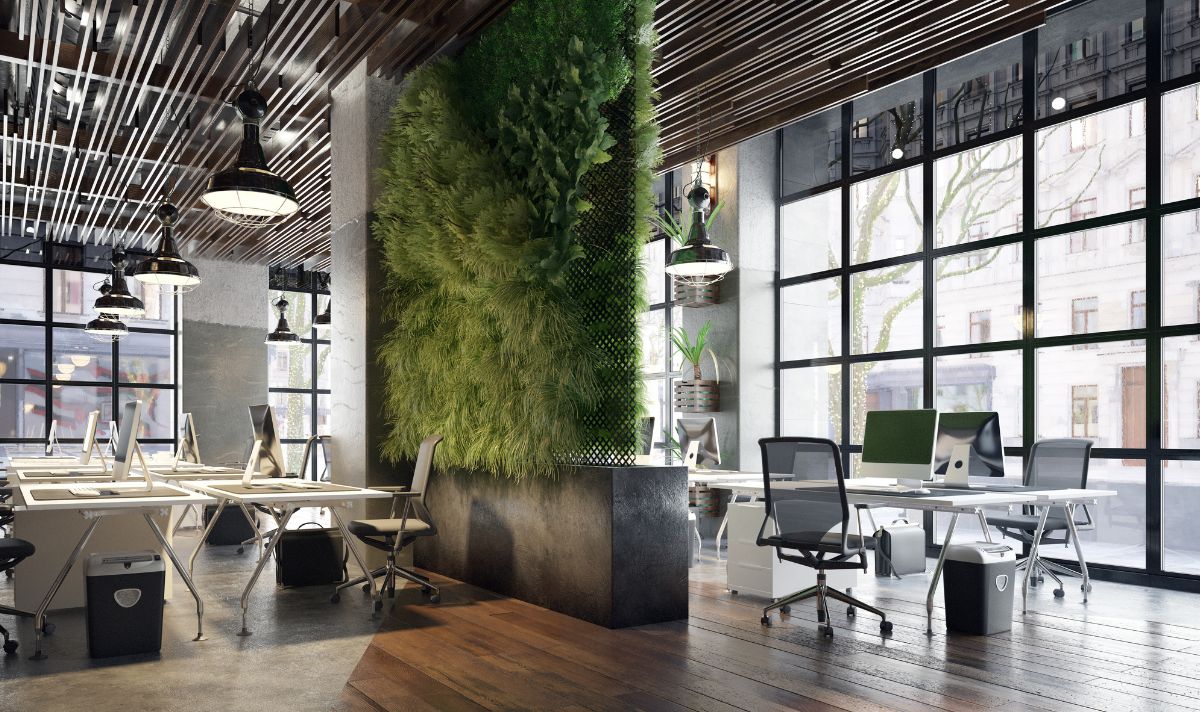
Living walls, or green walls, are a common biophilic design feature. Plant walls are erected in lobbies, reception rooms, and offices. Living walls enhance air quality, reduce noise, and increase humidity. We’ll see more living walls in buildings this 2023.
Natural Lighting
Biophilic design also includes natural lighting. Natural light boosts productivity, creativity, and well-being in the workplace. We should expect more buildings with huge windows and skylights in 2023. Additionally, we can expect to see more smart lighting systems that adjust the light levels throughout the day to mimic natural light patterns.
Water Features
Indoor fountains and water walls are another biophilic design idea that’s rising. Running water and water features can relieve tension. Office, hotel, and public buildings will have more water features.
Biophilic Materials
Biophilic design involves plants, water, wood, stone, and bamboo. For environmental and aesthetic reasons, more buildings will use these materials. These eco-friendly building materials are sustainable.
Outdoor Workspaces
As employers seek more flexible and dynamic work environments, outdoor workspaces are growing in popularity. Outdoor workstations increase creativity and productivity. We can see more buildings will have outdoor workspaces including rooftop gardens, meeting areas, and coworking spaces.
Natural Colours and Patterns
We will see more biophilic design with natural colours and patterns. Greens, blues, and browns are peaceful and can help you feel connected to nature. To generate natural harmony and balance, building designs might include natural patterns like leaves, flowers, and waves.
Biophilic Art
Art contributes to biophilic design. Biophilic art involves nature, including landscapes, plants, and animals. This art may link people to nature and improve a building’s biophilic design. This 2023, office buildings, hospitals, and public places will incorporate biophilic art.
Also read: Designing for Success: Tips for Creating a Modern Office Interior
Conclusion
Biophilic design is here to stay. For a healthier, more sustainable built environment, natural features in indoor and outdoor areas are no longer a trend. Biophilic design brings nature back into our lives through living walls and outdoor workstations.
Biophilic design improves well-being, productivity, creativity, and sustainability. Biophilic design can make an office block, public park, or residential space more welcoming, peaceful, and inspiring.
As we learn more about biophilic design, we may expect more imaginative and creative ways to incorporate nature into our working environ

